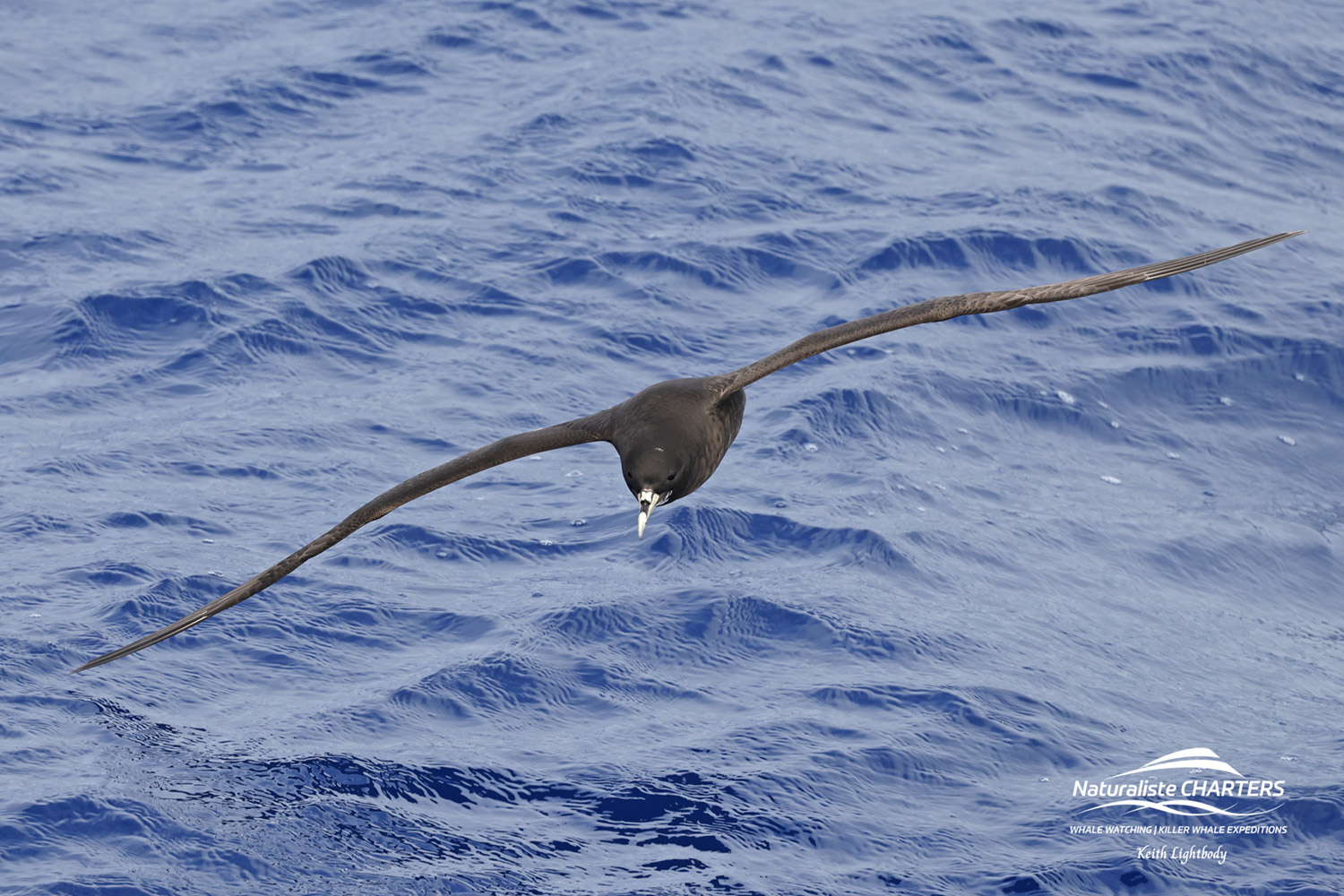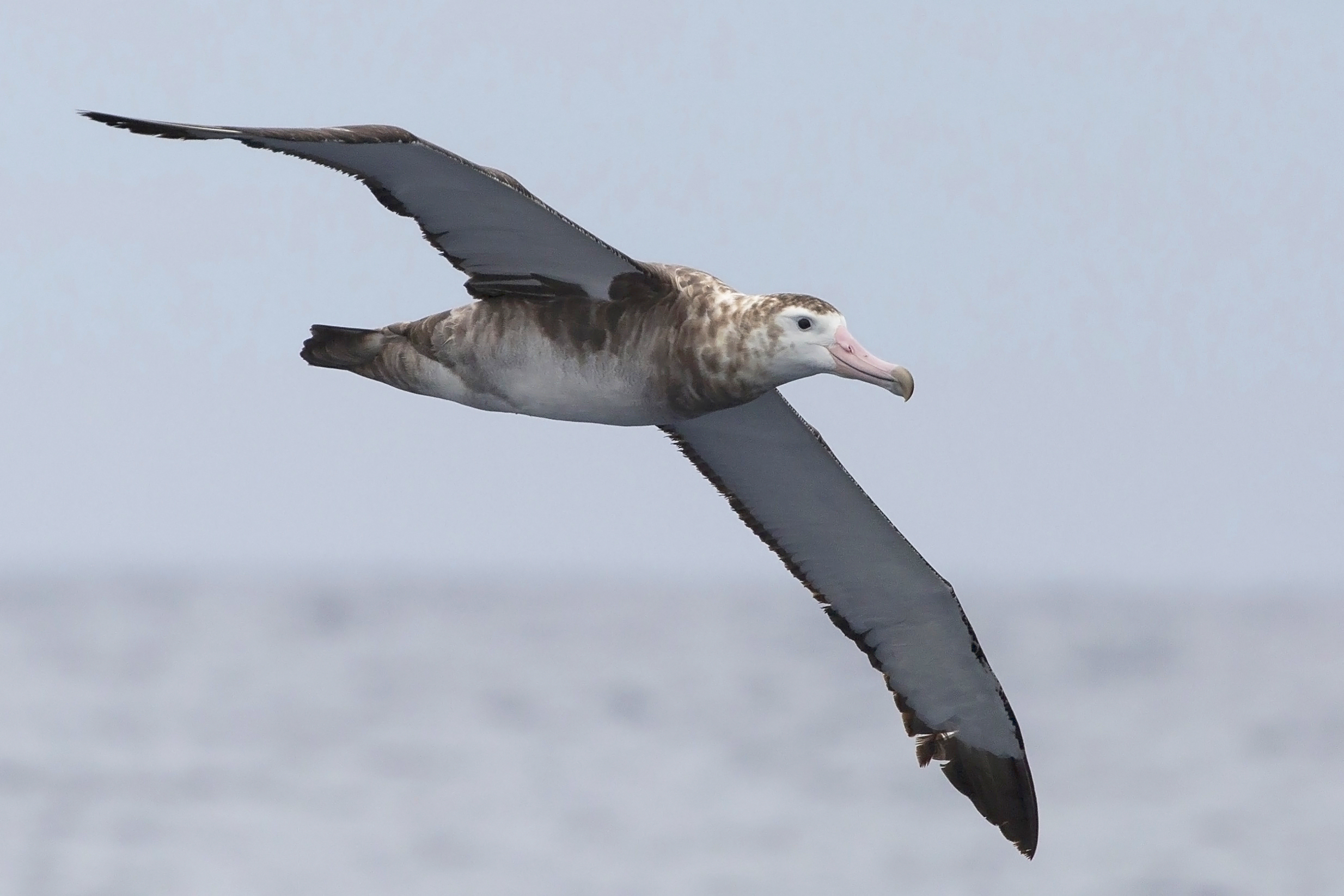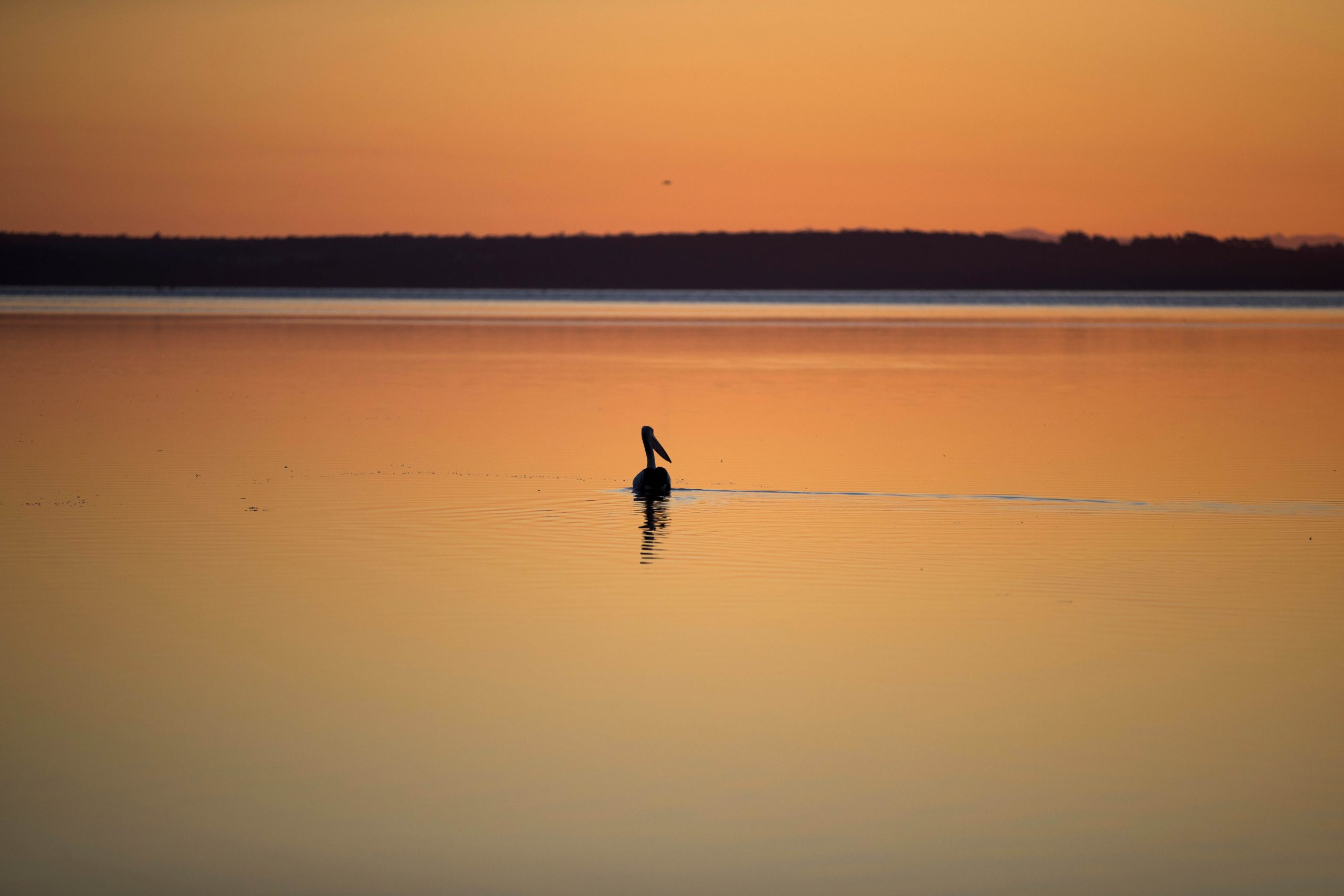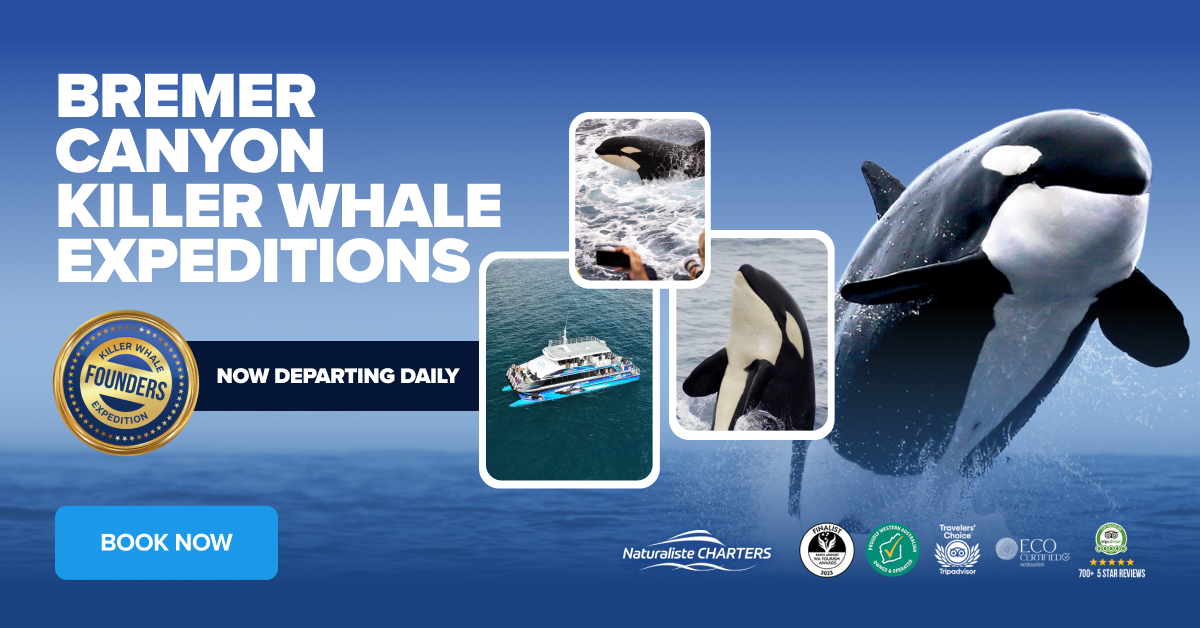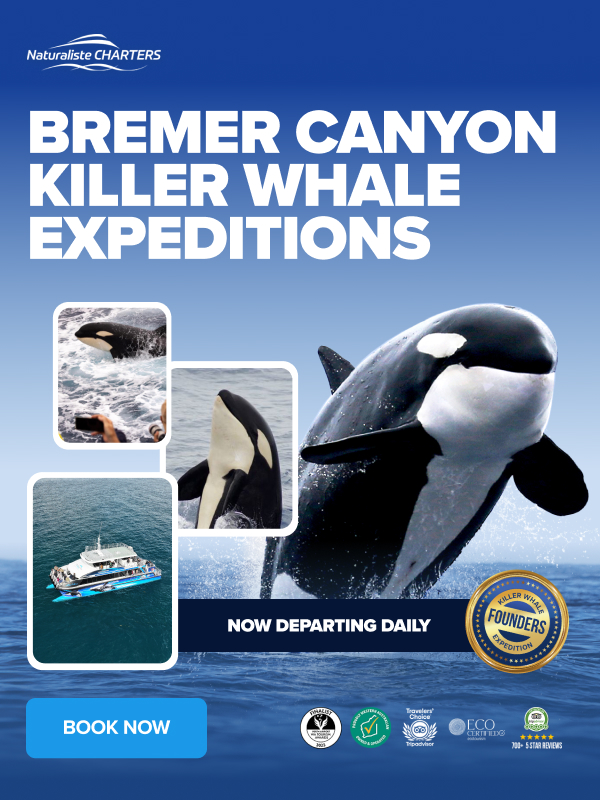PART 2
WARNING: GRAPHIC CONTENT
Let us take you back two weeks ago when the killer whales took down a juvenile blue whale amidst a thunder storm, an incredible sight to behold.
Lightning electrifying the dark clouds above, torrential rain bellowing down. In only 200 metres of visibility the Killer Whales fed on the estimated 100 tonne animal. This occurred on the way out to the hotspot, in 70 metres of water, still on the continental shelf. We actually missed the majority of the hunt and kill only witnessing the blue whales last moment on the surface. This event was the first time (recorded) in Australia anybody has witnessed Killer Whales hunt a Blue Whale. It is only the second recorded time, that we know of, in the world!
Orca, Pilot Whales & Dolphin
Yesterday, 6th April 2019, was next level compared to the above. Exceptional weather and perfect ocean conditions with calm seas and little to no wind. The sun was beaming down and we could scan the horizon as far as the naked eye could see.
We ventured past the first blue whale carcass which is sitting on the sea floor, leaching oil to the surface. Housing its own small ecosystem. Sustaining an army of scavengers including copious amounts of little Storm Petrels (oil feeding pelagic birds) on the surface. Feeding sharks and fish below among other assorted crustaceans and bacteria taking nutrients from the decaying structure. We continued on and passed through the hotspot where we then sighted large white splashes along the horizon.
We went to investigate as per normal. Orcas, Pilot Whales and small dolphins all surging in one direction, not an everyday sight so we were instantly curious. What on earth were they hunting? Whatever it was it must have been BIG to attract nearing a thousand cetaceans spread out beyond the horizon. Approximately 30 orca, two distinct groups of at least 200 or so Pilot Whales and then a scatter of Striped Dolphins bubbling the ocean’s surface as if it was boiling water. This is just what we could see. No doubt there was more activity beyond the horizon out of eye shot – even with binoculars.
The dolphins were the first to leave the area scooting off at over 20 knots, leaving the others to continue the chase at a more moderate 7 knots.
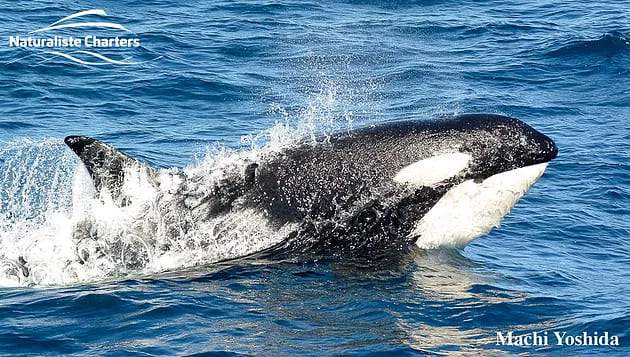
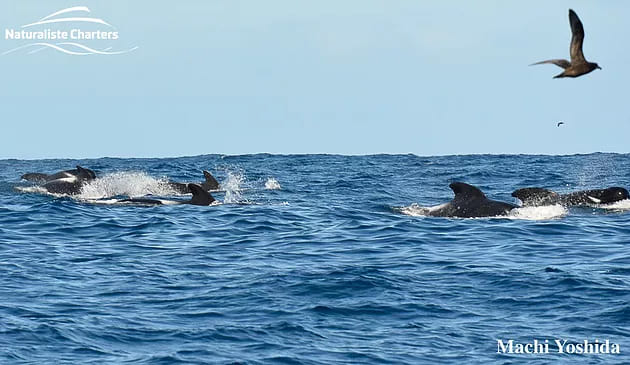
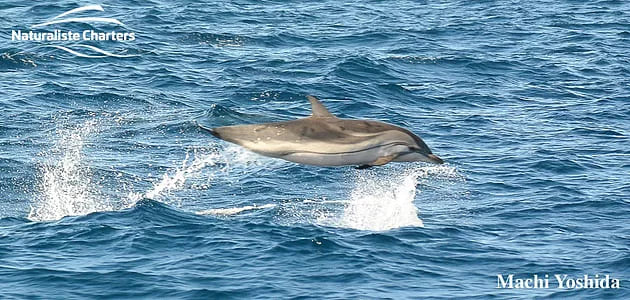
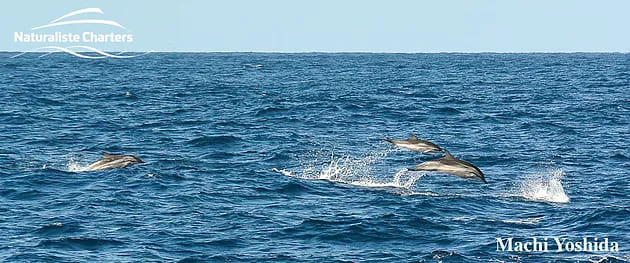
SURGING ORCA
With the sun beaming on us it had now been almost two hours since we started following the surging orca. By now we had moved away from the hotspot heading south. A change to the south west then west and were now starting to move up the continental slope where the water depth changes rapidly from 850 to 80m. Surely the orca would not have ANOTHER blue whale? This would make it two in the same number of weeks.
Travelling with a North-West trajectory we passed the Pilot Whales and three obvious pods of orca all with their focus set on what was ahead. The first pod was Alki’s and the unnamed WA072, we then bunny-hopped onward to Slater and Nani. Following onto a third pod which is when our superstar deckhand, Billy, spotted a commotion about a kilometre out at our 12 o’clock. This was was also accompanied by a swirl of birds in the air, this is what the orcas were racing to get to.


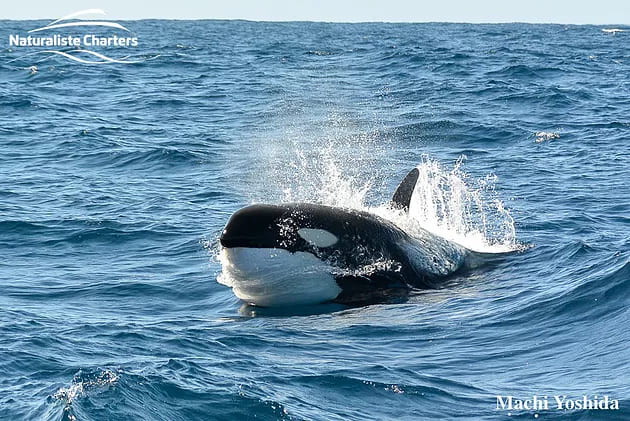
PREDATION SUSPICIONS
We boosted up and it was a scene none of us could have predicted. A thin oil slick was trailing behind the commotion and this confirmed our predation suspicions. It was now noon and no more than ten orca were HANGING onto a juvenile blue whale as it was pumping its tail along trying to escape these apex predators. They had already taken multiple large chunks of skin and blubber from its sides in an effort to try slow the enormous baleen whale down. To our astonishment Razor was right in on the action with her calf which is only WEEKS OLD! I guess that’s the way it is in the animal kingdom, you must keep up and learn quickly if you want to survive in the brutal underwater world.
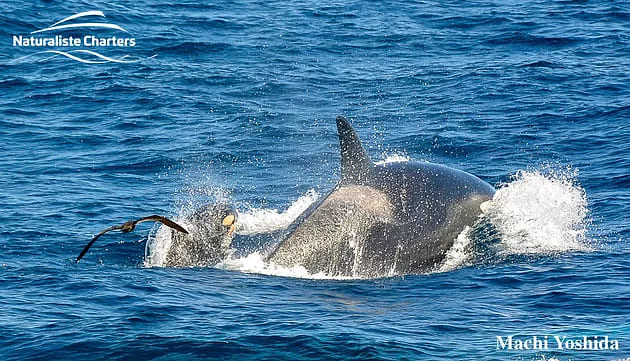
ANOTHER FIFTEEN ORCA WAITING THEIR TURN
The blue whale was being attacked from both sides with two orca flanking its head at all times while others rode its back and bit at its underside. A coordinated attacked which saw Nibbles, Razor, Split Tip and others ‘swap’ out and rest to the side as other orca worked the blue. As time passed more orca were arriving to assist. No more than ten orca were ON the blue at any time but there was another fifteen or so waiting their turn. The blue began thrashing its body and tail trying to push the orca off. But it was unsuccessful as they were holding onto its blubber and skin. A large blow to its back from the adolescent male, Nibbles, caused extensive internal bleeding and slowed the whale down significantly.
The blue turned at 90 degrees trying to evade the orca. A large female slammed right into its head making it continue on in the direction THEY wanted. As the blue flailed about it was turned upside down with its tail flipping out of the water. This was one of the last times we saw it as the orcas drove it below the surface to end the ordeal. It only rose once more when the orcas brought it to the surface. By now it had either drowned or died from significant blood loss. As it came up, Fanscar a sub-adult has his head INSIDE the blue’s mouth!!!!!!
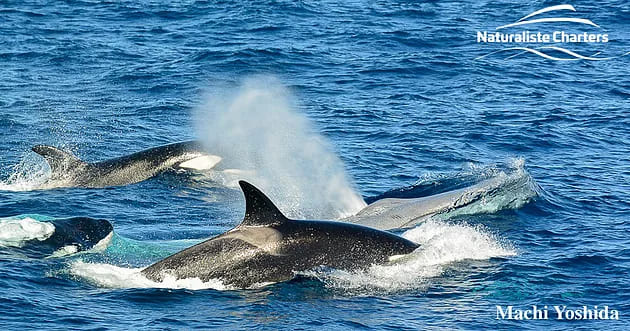
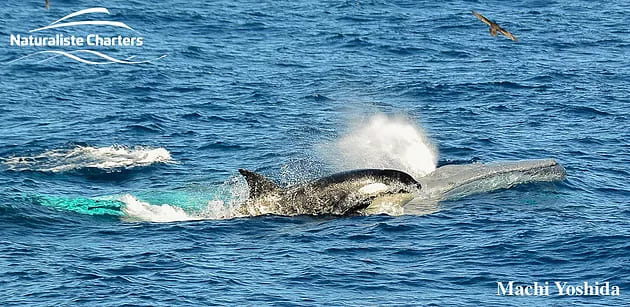

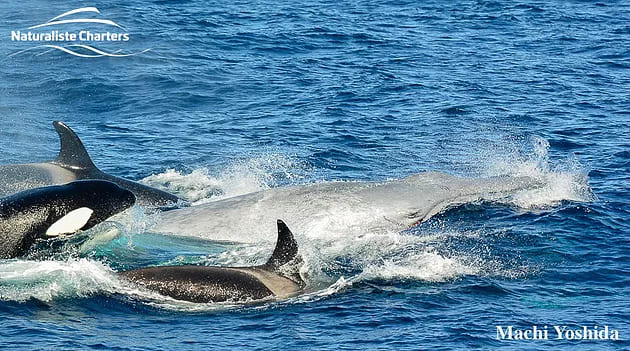
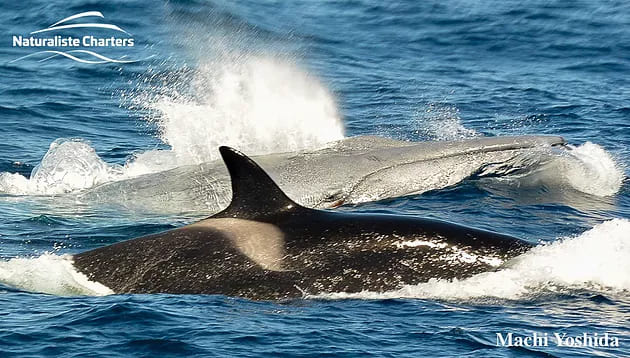


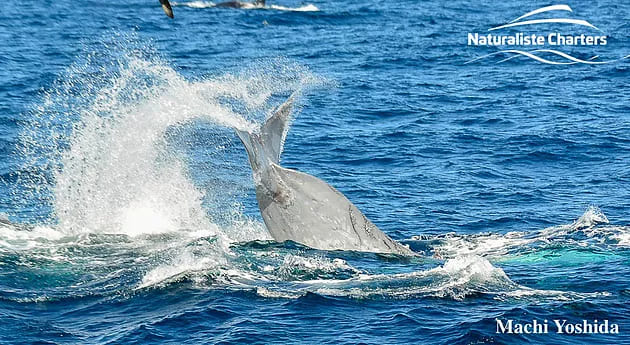
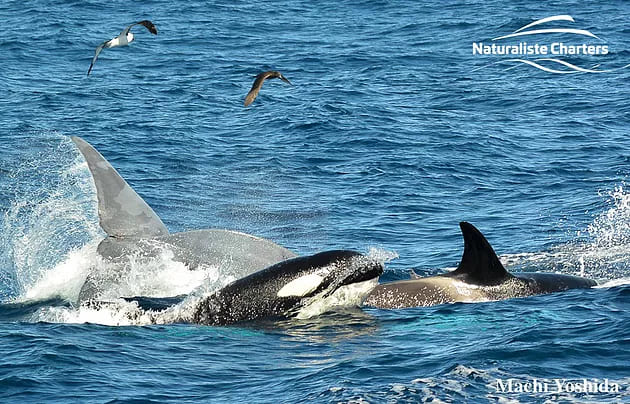
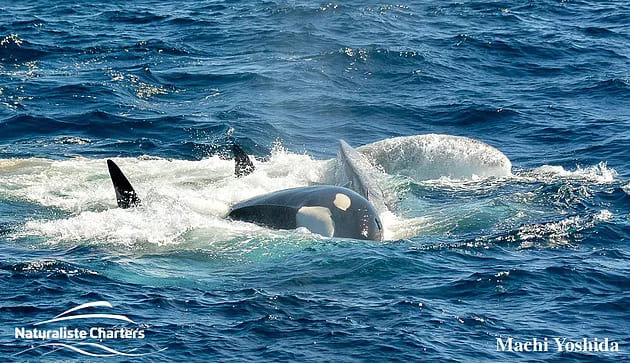

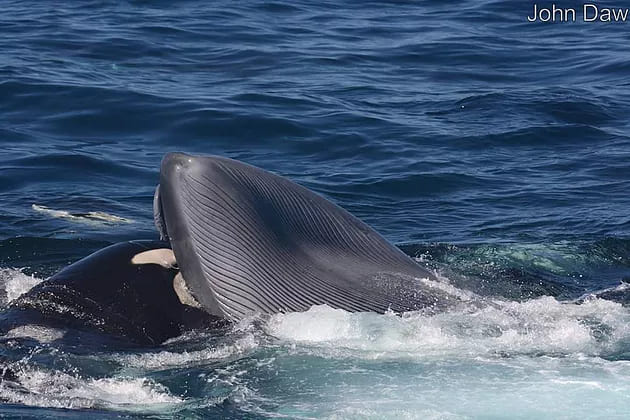
PODS FEED AS SHARKS CIRCLE
With the hunt over and the orcas successful they could begin sharing the feed. With the last orca that we passed earlier now having arrived on scene, meat was passed between mothers and calves and from orca to orca. They had worked extremely hard not only with their physical strength but with their communication – whistles and clicks, to orchestrate such a smooth kill.
For hours we watched as approximately 60 orca fed and almost ignored the fact that there was now about 200 Pilot Whales amongst them. They were in smaller tightly packed pods moving around the individual orcas. Most likely looking for fish that would have been attracted to the area from the kill. Sharks circled below as the hours passed and with the sun moving towards the western horizon. It was time for us to leave the still feeding orca with a boat-load of exhausted and amazed humans, carrying with them memories that will last forever!

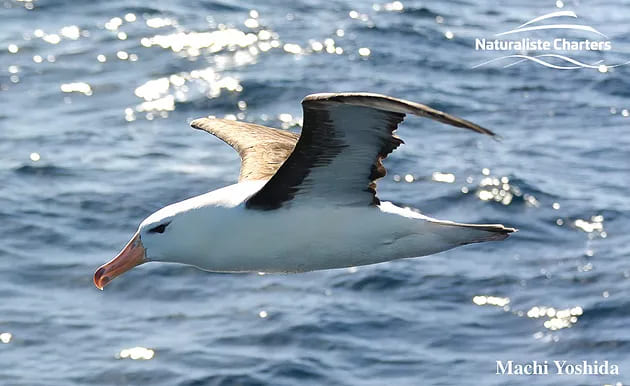
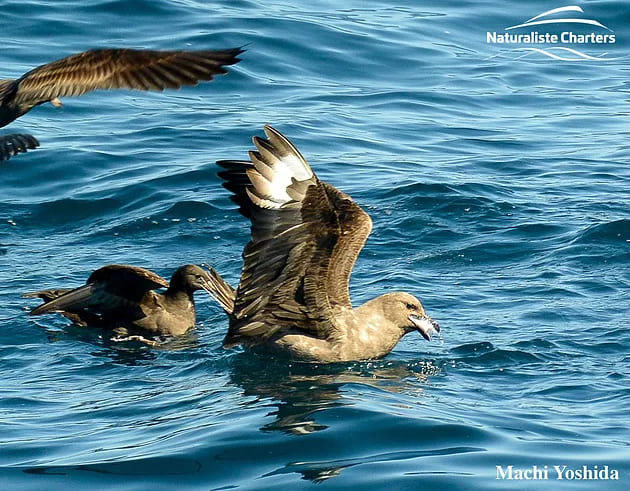

THE GREAT SOUTHERN DOES NOT DISAPPOINT
Simply astonishing. The southern ocean has once again surprised us and although it has answered some questions, it has just raised more, ten-fold. We would like to thank our passengers throughout the season who have come aboard and allowed us to witness the orcas in all their beauty. Without you we would not be able to go out and see these types of history making ocean events! We are looking forward to what the rest of the season will bring and we hope to see you in the Bremer Canyon!!
Book your Bremer Canyon Killer Whale Expedition now!

